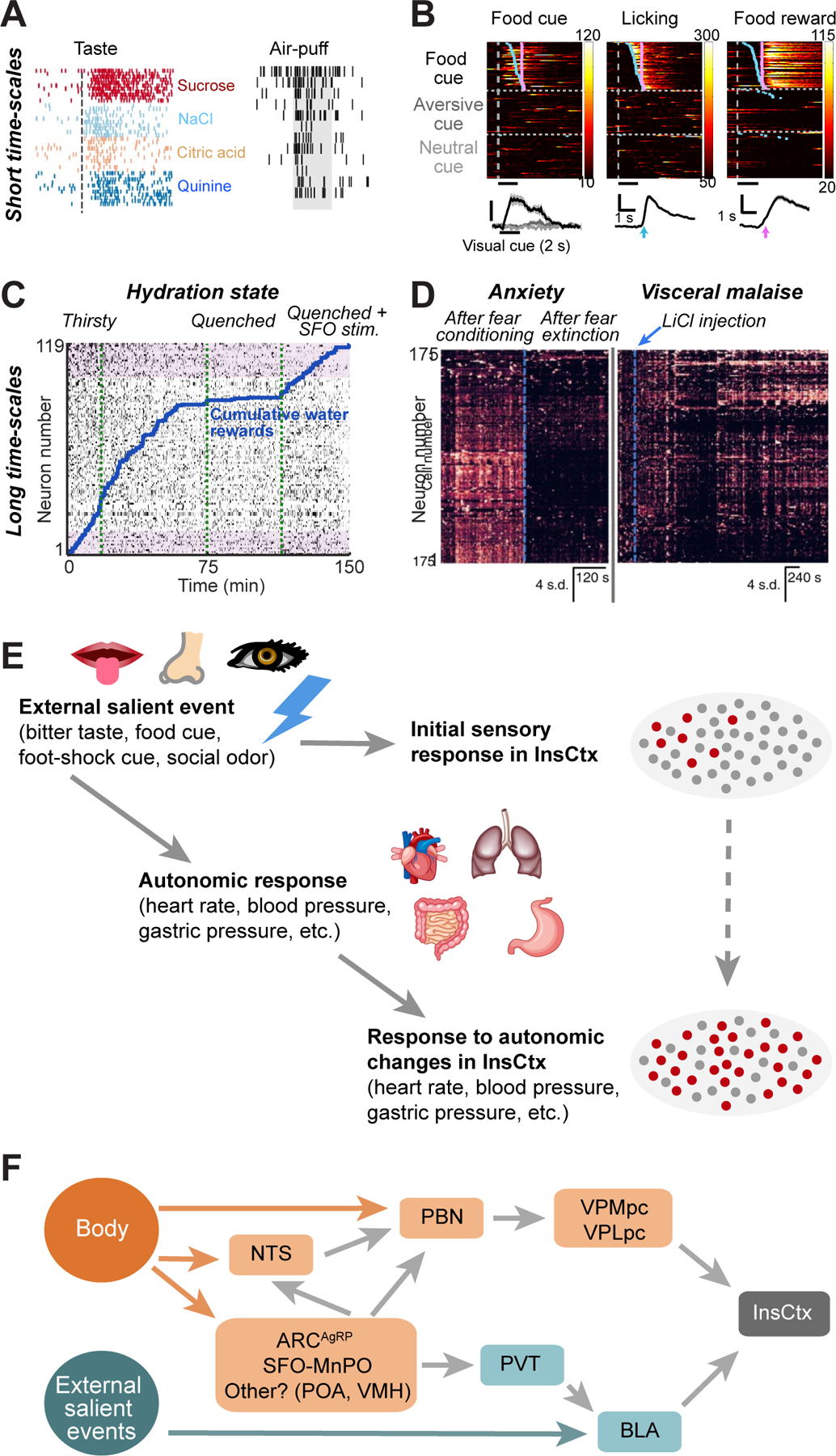Figure 2: InsCtx Activity on Short and Long Time-Scales.

A-B. Examples of InsCtx activity on short time-scales.
A. Single-trial responses of a single InsCtx neuron (spike rasters) to intra-oral infusion of different tastants, and to an air-puff to the whisker region. Modified with permission from Vincis et al., 2016.
B. Top: Single-trial responses of 3 different InsCtx neurons (Ca2+ imaging of fluorescence changes) to a visual food cue (gray bar at bottom), lick bout onsets (white ticks) and liquid food reward (Ensure; pink ticks). Heatmaps sorted by lick bout onset. Bottom: average response. Modified with permission from Livneh et al., 2017.
C-D. Examples of InsCtx activity on long time-scales.
C. Ongoing activity of a population of simultaneously imaged InsCtx neurons (calcium imaging of fluorescence changes in a subset of inter-trial intervals, see Livneh et al., 2020 for details) during gradual quenching of thirst. After a quenched state was reached, the hypothalamic thirst system was stimulated to induce an artificial motivational drive. Note that despite restoration of behavior (e.g., resumed water consumption), InsCtx ongoing activity maintains a faithful representation of the true (isosmotic, euvolemic) hydration state. Modified with permission from Livneh et al., 2020.
D. Calcium activity of a population of simultaneously imaged InsCtx neurons. Left: activity after initial fear conditioning and then following extinction, potentially reflecting anxiety levels. Right: activity before and after induction of visceral malaise by systemic injection of LiCl. Modified with permission from Gehrlach et al., 2019.
E. Schematic model suggesting that the activity of InsCtx in different behavioral contexts could be explained by its interoceptive sensory function. A salient stimulus (bitter taste, appetitive/aversive predictive cue) first activates a small subset of InsCtx neurons. The salient stimulus then induces autonomic changes (heart rate, anticipatory gastric motility, etc.), which in turn activate a larger population of InsCtx neurons. From the experimenter’s perspective, interpretation of InsCtx activity is challenging in the absence of concurrent recording of other bodily signals.
F. Schematic model summarizing the pathways by which information from the body, as well as salient information from the outside world, affect InsCtx activity. MnPO: median preoptic area, POA: preoptic area, VMH: ventromedial hypothalamus.
